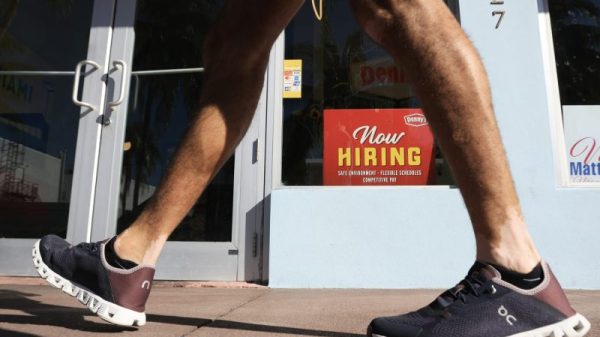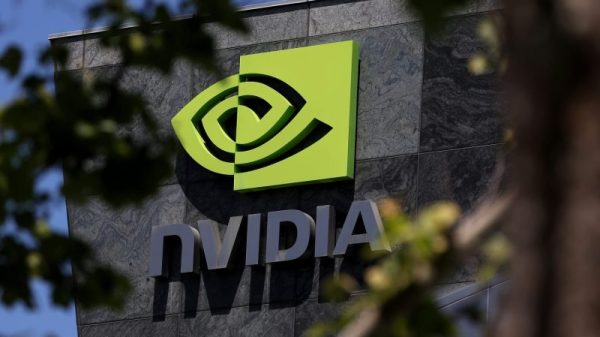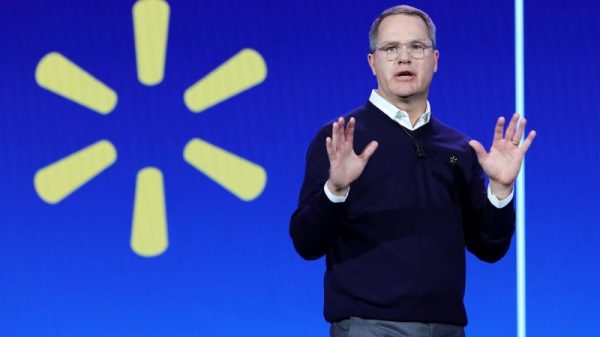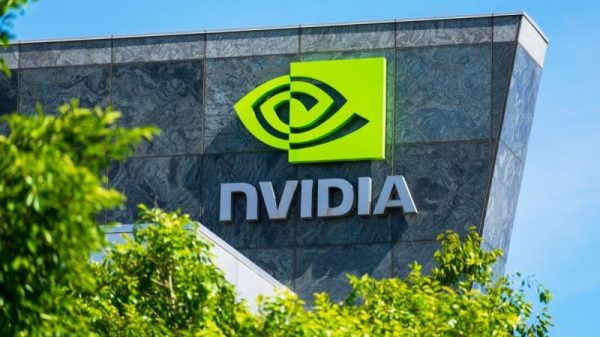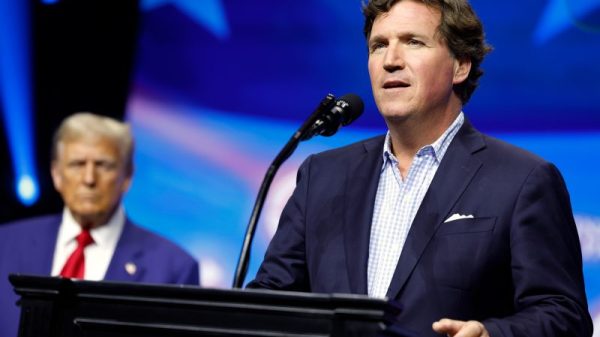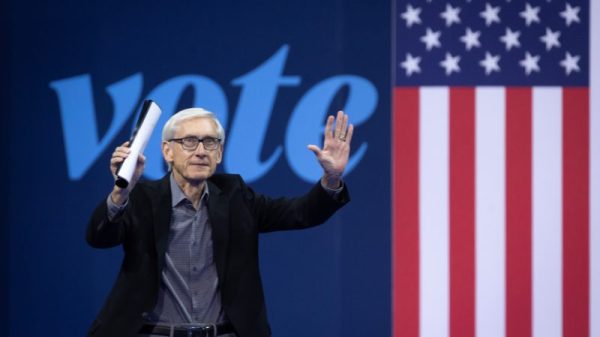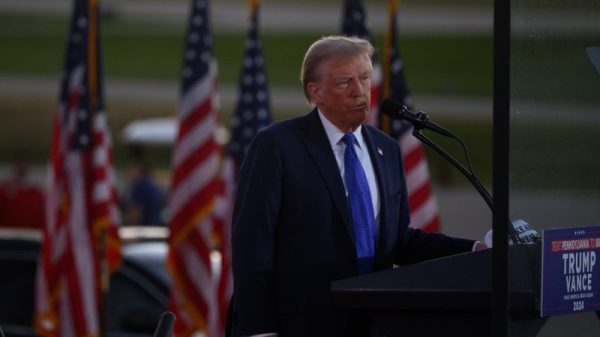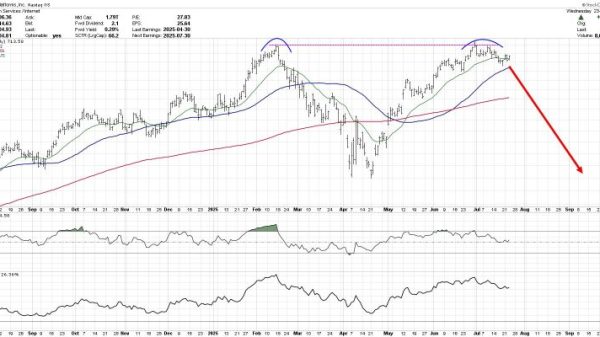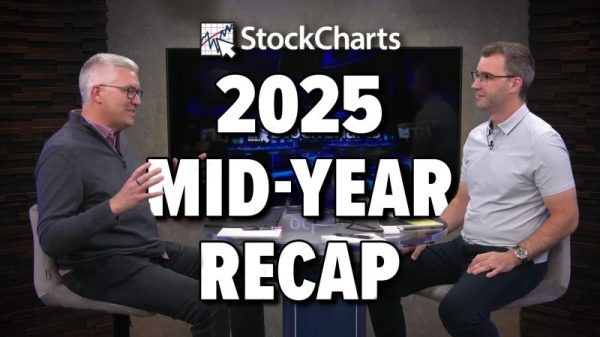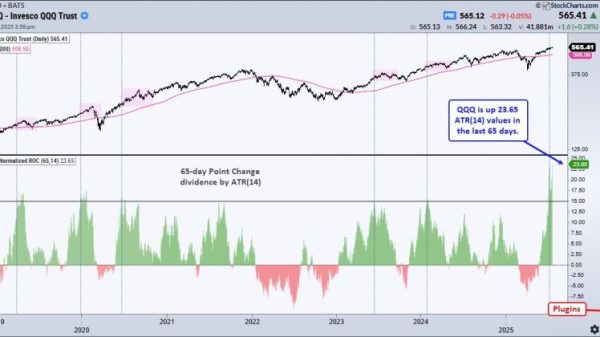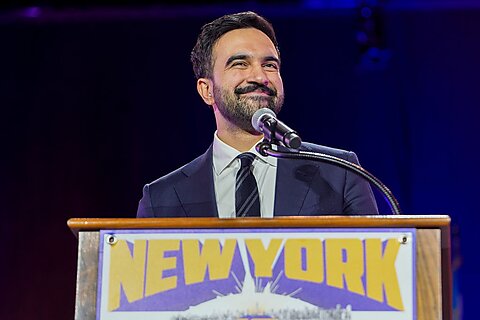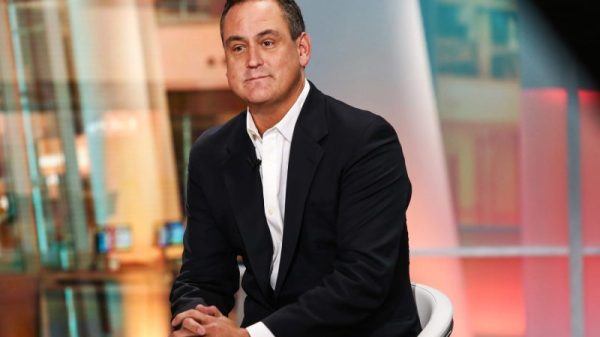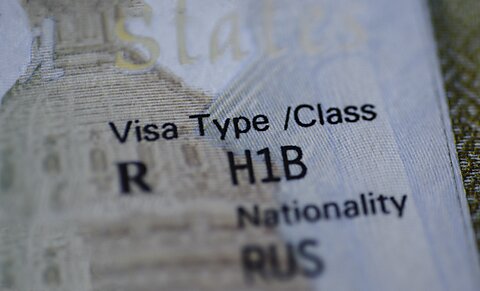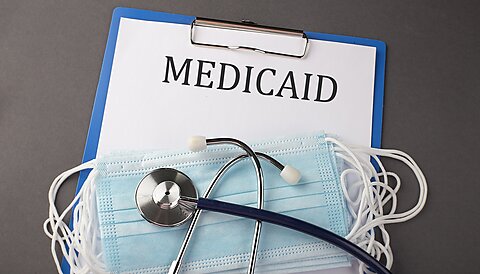New York City mayoral candidate Zohran Mamdani has pledged a battery of new social spending if he wins the city’s November election: $10 billion for housing, $1 billion for a new community safety department, at least half a billion to subsidize buses, billions more for free childcare, and untold sums for government grocery stores—a historically loss-making venture.
Previous analysis here has critiqued the economics of his “affordability” agenda. When asked how he’ll pay for all this, however, Mamdani says he’d raise $9 billion annually through a pair of tax hikes, which he insists most New Yorkers wouldn’t have to pay.
That’s because he thinks that businesses and the rich will foot the bill through $5 billion in revenues from higher corporate taxes and $4 billion from a 2 percent income tax surcharge on salaries over $1 million. Mamdani’s budget plan is just detailed enough to show that the math here doesn’t work, even if he did manage to get the state’s blessing for his proposals.
Raising the Corporate Tax Rate
Mamdani’s first proposal entails demanding New York State raise its top corporate income tax rate to 11.5 percent, matching New Jersey’s. He projects that it’ll raise $5 billion a year.
New York State’s 6.5 percent corporate tax has historically raised about $6 billion annually. Perhaps Mamdani has noticed that’s an implied taxable profit base of almost $100 billion, but that does not mean raising the top tax rate 5 percentage points equals a $5 billion revenue boost. That mistake confuses marginal rates with average rates. The fact is, by raising only the top marginal tax rate, nobody’s average tax rate would rise 5 percentage points. Since 2021, New York companies already pay a 7.25 percent tax if they earn over $5 million, and New Jersey’s top rate doesn’t kick in until $10 million.
In reality, 79 percent of New York’s corporate filers in 2021 paid less than $1,000 in corporate income tax—an implied taxable profit base under $15,385. These firms would still fall into the lowest tax bracket and not see their tax bills increase at all under Mamdani’s policy. Mamdani knows this. He celebrates that his proposals would affect only the most profitable corporations, but because the top tax rate affects only a fraction of New York corporations, adjusting it could only have a fraction of the effect Mamdani predicted.
In 2021 (the most recent year for which data is available), only the top 736 New York State corporations paid over $1 million in corporate taxes. Together, they bore 74.9 percent of all state corporate tax revenue burden. Even on a purely static basis, rocketing their average tax rate up to 11.5 percent would only have generated $2.6 billion more for the state of New York. And taxing every firm with more than $15,385 in profit 11.5 percent (far above even the New Jersey method) would yield less than $3.8 billion—still well short of Mamdani’s $5 billion goal.
It’s certainly true that corporate profits have reached historic highs since 2021, but adjusting for this doesn’t fully close the gap either.
Assume corporate profits in New York rose in line with national trends and adjust estimates accordingly, and you get $4.9 billion, not far from the $5 billion. But in reality, once you consider behavioral responses and the politics, that’s never going to happen.
It would take sharply increasing taxes on small businesses earning as little as $15,385 in profits—something neither New Jersey nor Mamdani actually proposes. It assumes New York’s corporate profits grew in line with the national average—unlikely given the post-COVID profit uptick was “entirely driven by domestic nonfinancial industries,” while New York’s financials share of GDP is triple the national share. And it assumes no firms relocate operations to avoid the tax—despite the ease of moving between states. Crucially, it expects Albany to bless a statewide tax scheme whose revenues would flow only to the city. This would surely be a political nonstarter for the majority of state lawmakers who aren’t from NYC.
That leaves the question: who faces the burden of a state corporate income tax increase anyway? Corporations might “pay” in a strictly legal sense of processing the payments. But its economic cost is ultimately borne by some combination of shareholders (through lower dividends or less valuable shares), workers (through lower wages), and consumers (through higher prices).
Empirical studies on this vary, but conventional economic wisdom is that anywhere between 30 percent and 70 percent of the corporate tax burden is passed through in the form of lower wages, stemming from less investment and so lower productivity of workers. In other words, ordinary New Yorkers will certainly pay a large proportion of this tax hike over time, even though the revenue yield will be lower than Mamdani presumes.
The Million-dollar Tax
Mamdani’s second proposal fares even worse. He says he’ll raise $4 billion with a 2 percent tax on incomes above $1 million. But here too, the math collapses under scrutiny.
Is this tax assessed only against dollars earned over $1 million, or is it a flat surcharge on all income once someone passes the $1 million mark? On this, Mamdani himself seems confused. His platform explains that he’ll champion a 2 percent tax “on all incomes over $1 million.” But in the next line he explains “someone earning $1 million will pay an additional $20,000 in city income tax”—implying all of their income will face the surcharge.
The latter option, of course, would give rise to a major tax cliff, universally condemned by economists as distortionary and inefficient. In such a system, anyone earning between $1 million and $1.02 million would actually increase their take-home pay by dropping their income below the $1 million cliff. For those, the tax is solely a punishment, not even a source of tax revenue. New York City can’t tax salaries that aren’t created.
But let’s assume the tax only attaches against income earned beyond $1 million—i.e., that it’s a marginal rate operating the same way a similar 4 percent surcharge works in Massachusetts. At incomes this high, the federal, state, and local tax deduction makes little difference, so New York City’s high earners already pay a combined marginal tax rate of 51.8 percent (37 percent in federal tax, 10.9 percent to the state, and an existing 3.876 percent city income tax). True, New York State’s top tax rate applies only to those earning over $25 million, but those earning over $1.08 million still pay a marginal rate of 50.5 percent. All in, adding the 2 percent surcharge here would raise some of the highest marginal tax rates up to between 52.5 percent and 53.8 percent. At rates so high, it’s reasonable to ask if the tax hike could even lose revenue.
As Cato’s Adam Michel has summarized before, the peak of the Laffer Curve for high earners—the point at which a tax’s propensity to disincentivize additional work, investment, and entrepreneurship, or encourage reshuffling income that outweighs gains to tax revenue—is most likely at a marginal tax rate between 35 percent and 40 percent. Other researchers have reported higher rates but under decidedly extravagant assumptions about income elasticities, as Michel noted. But there’s good reason to think New York City’s top taxpayers are very likely already over the hill on the Laffer Curve.
That’s especially true because New York City’s high earners are mobile and might not need to cut back earnings at all. Regardless of where a taxpayer works, NYC has taxing jurisdiction only over its residents. Taxpayers could relocate to Long Island or the lower Hudson Valley and avoid the tax altogether, even if they commute into the city for work and still enjoy its urban benefits. Those who leave take their whole tax base with them—especially destructive given the literal 1 percent of New York City filers with AGIs above $1 million already bear 40 percent of the city’s total personal income tax burden, according to the city’s Independent Budget Office.
When California instituted a similar 3 percent tax on high-income households, decisions about how much to work, report income, or move away from the state combined to shrink the new tax’s revenues by 45 percent in the first year and 61 percent in the first two years, per Joshua Rauh’s research. With it being so much easier to move out of a city than out of a state, this effect would likely be even larger under Mamdani’s proposal.
Even if we ignore these behavioral responses from New York City’s highly mobile top earners, however, Mamdani’s assumptions look outlandish even on a static basis. In 2023, 34,693 New York City taxpayers reported AGIs above $1 million; together, those filers reported $144 billion in taxable income. Subtracting the $1 million in income per taxpayer that wouldn’t be affected by a marginal surcharge, a 2 percent tax would generate $2.19 billion in new revenue, not $4 billion. Even taxing the entire income of these filers, and hoping against hope that nobody avoids the tax cliff or reacts to the incentives, still yields only $2.89 billion.
Conclusion
These shortfalls might not bother Mamdani—he recently told The New York Times that he’s more concerned with “funding the affordability agenda” and “not the question of how”—but as the steward of the world’s largest municipal budget, how you fund something matters.
The wishful thinking on the revenue side of the equation is as worrisome as the economics of the spending plans and price controls.


